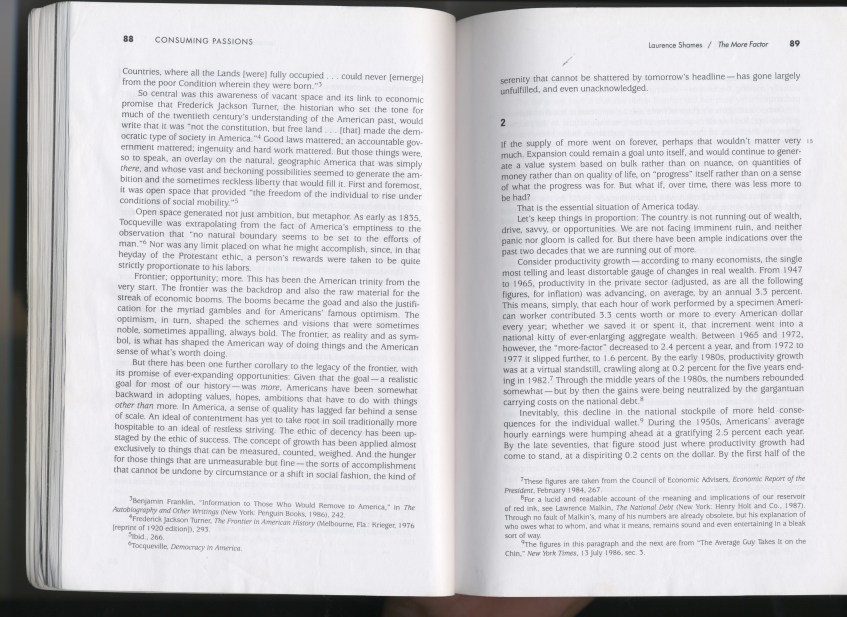The more factor by laurence shames – Laurence Shames’s gripping novel, The More Factor, delves into the profound themes of guilt, loss, and redemption, captivating readers with its intricate narrative and compelling characters. The novel’s exploration of the American Dream, social class, and materialism offers a poignant critique of modern society, leaving a lasting impact on readers.
The protagonist, Adam Craven, embarks on a psychological journey that unveils the complexities of human nature. The supporting characters, each with their own motivations and desires, intertwine with Adam’s life, shaping his experiences and revealing the intricate web of relationships that define us.
Literary Themes
In “The More Factor,” guilt, loss, and redemption emerge as central themes. Guilt weighs heavily on Adam Craven, who grapples with the consequences of his past actions. Loss permeates the novel, as characters mourn the loss of loved ones, relationships, and dreams.
Redemption offers a glimmer of hope, as characters seek to make amends for their mistakes and find purpose in their lives.
Symbolism and Metaphors
Shames employs symbolism and metaphors to convey these themes. The “more factor” itself symbolizes the relentless pursuit of wealth and material possessions, which ultimately leads to emptiness and dissatisfaction. The novel’s title also alludes to the idea that more is not always better, as characters often find that their pursuit of more only brings them misery.
Character Experiences and Actions
The characters’ experiences and actions reflect the themes of the novel. Adam’s guilt manifests in his self-destructive behavior and his inability to forgive himself for his past mistakes. The loss of his wife and daughter drives him to the brink of despair, but he eventually finds redemption through his relationship with his granddaughter.
Character Development: The More Factor By Laurence Shames

Psychological Evolution of Adam Craven
Adam Craven undergoes a significant psychological evolution throughout the novel. Initially driven by greed and ambition, he becomes increasingly disillusioned with the emptiness of his life. After losing his wife and daughter, he experiences a profound transformation, becoming more compassionate and seeking to make amends for his past actions.
Motivations and Complexities of Supporting Characters
The supporting characters in “The More Factor” are equally complex and well-developed. Adam’s wife, Sarah, is a strong and independent woman who struggles with her own demons. His daughter, Emily, is a bright and talented young woman who becomes the victim of her father’s greed.
Each character’s motivations and complexities contribute to the novel’s rich tapestry of human experience.
Relationships between Characters
The relationships between characters play a crucial role in their development. Adam’s relationship with his granddaughter, Lily, helps him to rediscover his humanity and find redemption. The complex dynamics between the characters create tension and conflict, driving the plot forward and illuminating the themes of the novel.
Social Commentary

Portrayal of the American Dream
“The More Factor” offers a critique of the American Dream and its potential pitfalls. Shames portrays the relentless pursuit of wealth and material possessions as a destructive force that can lead to moral decay and personal emptiness. The novel explores the dark side of capitalism, showing how it can corrupt individuals and damage relationships.
Impact of Social Class and Wealth
The novel also examines the impact of social class and wealth on the characters’ lives. Adam’s rise to wealth and power isolates him from his family and friends. His wealth becomes a barrier, preventing him from forming genuine connections with others.
The novel suggests that true happiness and fulfillment cannot be found in material possessions alone.
Critique of Materialism and Consumerism, The more factor by laurence shames
Shames critiques materialism and consumerism through the characters’ experiences. Adam’s relentless pursuit of wealth leads him to neglect his family and his own well-being. The novel shows how the constant desire for more can be a destructive force, leading to emptiness and dissatisfaction.
FAQ Resource
What is the central theme of The More Factor?
The novel explores the interconnected themes of guilt, loss, and redemption, delving into the complexities of human nature and the consequences of our actions.
How does the novel critique American society?
Shames uses the novel to critique the American Dream and the pursuit of wealth and materialism, highlighting the potential pitfalls and emptiness that can accompany such aspirations.
What is unique about the novel’s narrative structure?
The novel employs a unique structure with alternating perspectives and time jumps, creating a suspenseful and emotionally impactful reading experience.